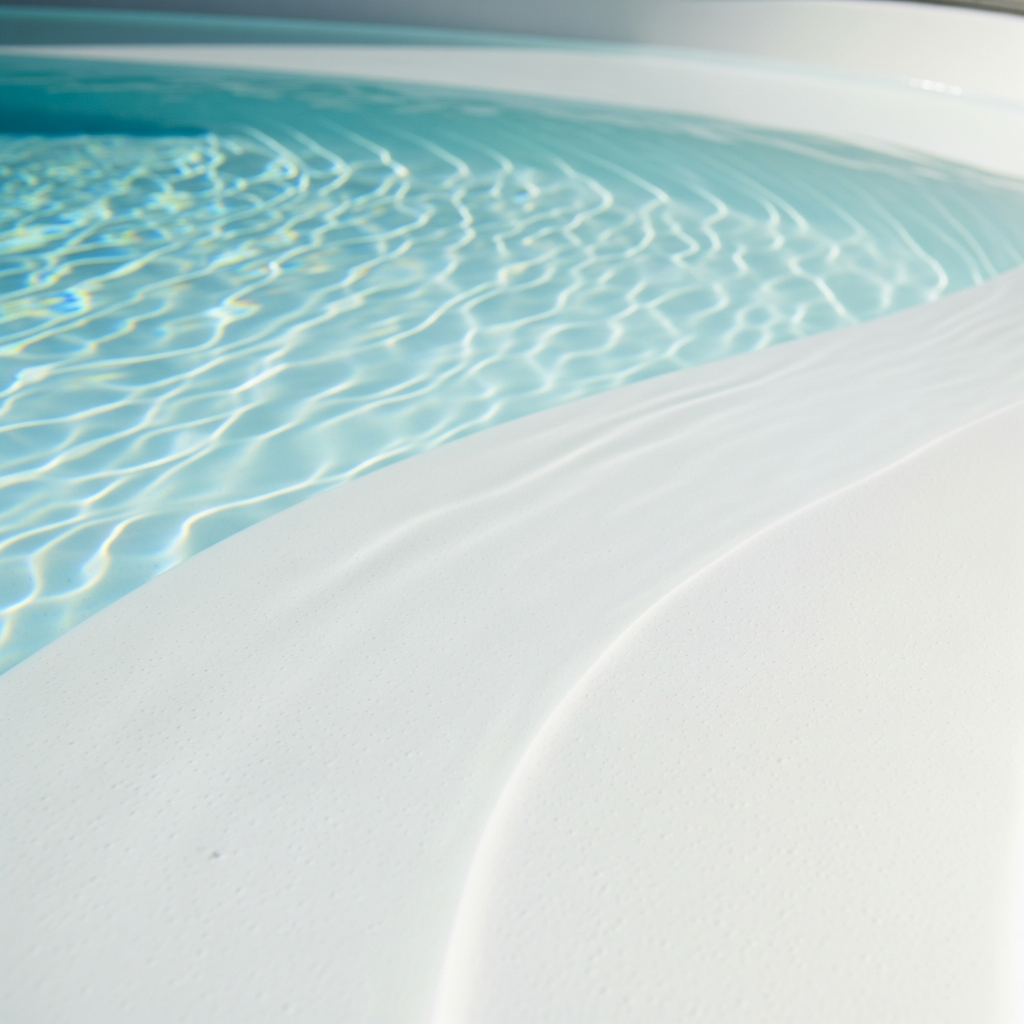Plaster, Pebble, or Tile? The Pool Finish Dilemma (Part 1: Traditional Plaster)

The interior finish is the most visible element of your pool and the layer that directly impacts its longevity, maintenance, and long-term cost. It is a crucial decision that goes far beyond aesthetics.
In this first part of our series, we focus on the classic and most budget-friendly option in the industry: Traditional Plaster. While it offers initial savings, it’s essential to understand its trade-offs before making a final choice.
Traditional Plaster: The Most Economical Choice
Traditional plaster is the oldest and most common pool interior finish. It is a mixture of cement, marble dust, and water. Its primary advantage is its low initial cost. It also offers a classic, bright white or light blue look, and its surface is the smoothest available.
However, the affordability of plaster comes with several limitations that future homeowners must consider:
Short Lifespan: Plaster has the shortest service life, typically lasting only 5 to 10 years before requiring resurfacing.
Stain Susceptibility: It is highly susceptible to stains, especially those caused by metals (like copper) or chemical imbalances.
Chemical Sensitivity: Plaster is highly reactive with water chemistry. It requires rigorous, constant chemical balancing to prevent etching, peeling, and roughness.
Is Traditional Plaster the Right Choice for Your Pool?
Ultimately, Traditional Plaster is the ideal choice if your number one priority is keeping the initial construction budget low. It remains a viable option, provided you are committed to the necessary daily water chemistry maintenance and understand that the pool will require resurfacing sooner than other options.
Before making your final investment, it is critical to compare plaster with other alternatives. Ready to see the modern, longer-lasting finishes?
Click here to read Part 2: Quartz and Pebble Finishes, and How They Compare to Plaster

